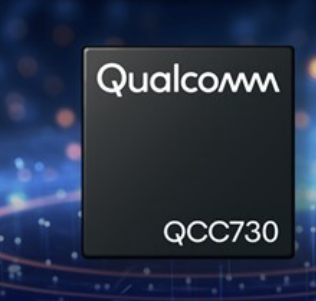
FCC Chairman Ajit Pai announced yesterday that the FCC will ‘propose new rules’ allowing Wi-Fi devices to operate in the 6 GHz band. The ruling – expected to be finalised next year – will have nearly unimaginable positive consequences for the wireless industry in general and the Wi-Fi industry in particular.
As of yesterday FCC Chairman Ajit Pai may well have written himself into the tech history books and if not then at least indelibly into the hearts of Wi-Fi proponents all over the world: In this blog Pai said the US regulator intends to ‘propose new rules’ allowing Wi-Fi devices to operate in the 6 GHz band.
6 GHz Wi-Fi could become a reality in 2019
In practice this means that the FCC in short order will issue a so-called ‘NPRM’ or ‘Notice of Proposed Rulemaking’ describing in detail what the FCC plans to do. This will also open up the 6 GHz proceeding for public comment. Experts believe the final 6 GHz ruling likely will materialise already next year.
The end result of the 6 GHz process – which was initiated by the FCC last year – is that it ‘could make more than 1 gigahertz of new unlicensed spectrum available,’ said Ajit Pai in his statement. The amount of band available for Wi-Fi in the US has remained unchanged for more than a decade.
Perhaps ironically, Chairman Pai released his statements on 6 GHz Wi-Fi in connection with a wider announcement about the FCC’s spectrum plan to ‘Facilitate American Superiority in 5G Technology’ also called the 5G FAST plan.
A nearly unimaginable windfall for wireless
Allocating this staggering amount of new spectrum to Wi-Fi will likely more than double the size of current Wi-Fi operating bands. And even for seasoned industry experts like ourselves it is hard to imagine the momentous impact that such a ruling would have on everyone and anyone touched by Wi-Fi across America, which means pretty much the entire population of the USA.
No question the in-home Wi-Fi experience would be transformed – perhaps beyond recognition. The ruling could inspire a new class of unlicensed wireless service providers and deliver a huge boost to existing WISPs. The workplace would not need another wire for a very long time. For sure the ruling would set off another tidal wave of Wi-Fi innovation including a host of new use cases.
So what will the new 6 GHz rules look like?
What we do not know yet is what the new proposed rules might look like. The FCC has heard various suggestions on how to protect incumbent 6 GHz users, such as for example using a database lookup scheme to mitigate possible interference with existing point-to-point 6 GHz radios.
In the meantime there can be no doubt that the new 802.11ax Wi-Fi standard will be made to comply with the FCC’s operational requirements for the 6 GHz band. The fortuitous confluence of the new AX standard – which is on the brink of a breakthrough – and new spectrum made available in bulk may just fuel – dare we say it? – a wireless industry perfect storm of disruption.
/Claus.









